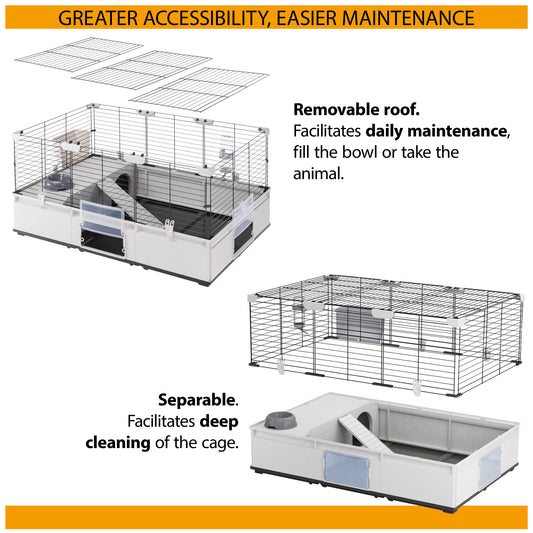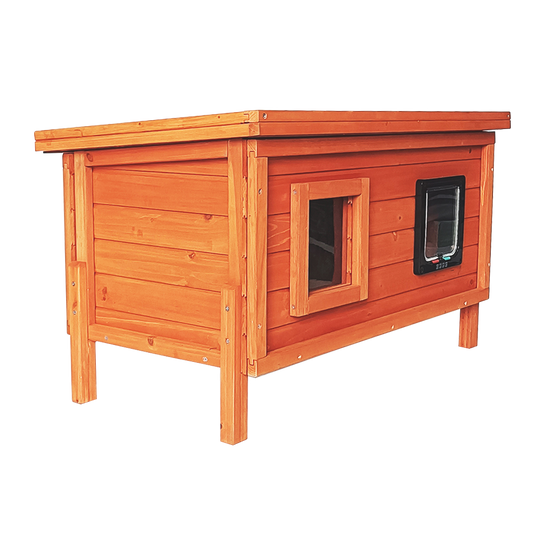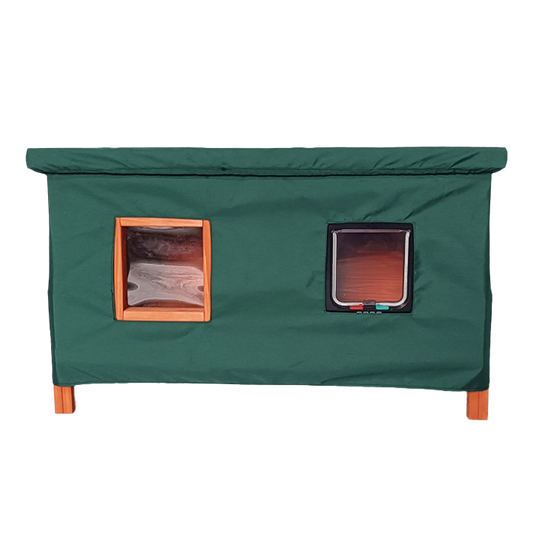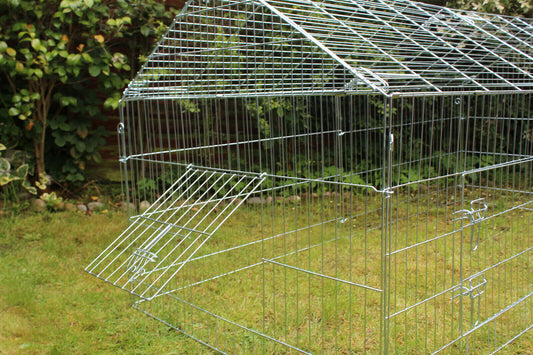Have you ever bought your cat an expensive, cosy-looking bed only to find they reject it in favour of an empty cardboard box? When you take delivery of a parcel, does your cat always push themselves inside even before you’ve started unpacking it? Cats love boxes and here’s why…
Scientifically proven
A 2014 study by The University of Utrecht in The Netherlands looked at the effect of boxes on the stress levels of shelter cats. Researchers found that rescued cats who were given access to cardboard boxes adapted to their new environment quicker, showed decreased stress levels and were more interested in interaction with shelter staff than cats who did not have boxes.
A safe place to hide
It is a cat’s natural instinct to find confined hiding places where they can feel safe. As boxes are only open on one side, cats use them as protective dens where they can sleep undisturbed. Cats spend up to 18 hours a day asleep so it’s very important that they have a place to rest in which they don’t feel vulnerable.
Cats lack the inherent social skills to resolve conflict and will usually choose to run from a problem rather than face it head on. Boxes come in handy for this – a safe place to flee to if a cat spots trouble ahead.
A good tip if you adopt a rescue cat is to collect some cardboard boxes of different shapes and sizes before you bring your new pet home and place them in different places around the house. Your cat will soon settle into their new home once they’ve discovered a choice of safe cardboard havens.
Warmth for cool cats
The ideal room temperature for cat contentment is 37°C, which is around 20°C higher than the average UK home. This means that pet cats are usually cold and so will seek out warmth wherever they can find it.
Cardboard, especially the corrugated kind, is a very good insulator and this is one of the main reasons why cats like to snuggle up in boxes. They are better able to retain body heat if tucked up in cardboard and usually the tighter the fit, the happier a cat is.
Stalking prey
Cats are usually ‘ambush predators’, which means they lie in wait for prey before pouncing on it from a hiding place. Boxes allow a cat to fulfil this natural inherited behaviour when playing by giving them the opportunity to conceal themselves while stalking.
Natural instincts
Cats are naturally very curious and if a new box appears in the home your pet is likely to be very interested in it. Cats also have a need to bite and scratch, which mimic behaviours displayed in the wild. Some cats love shredding and chewing up cardboard as an enrichment activity, which can also spare your furniture from being clawed.
And it’s not just pet cats that love a box – big cats are fans too! Cardboard boxes have been used in zoos and wildlife reserves to provide entertainment and enrichment to lions, tigers and leopards.
Check out our recently updated range of healthy cat food.
If you found this article interesting, you may like:









